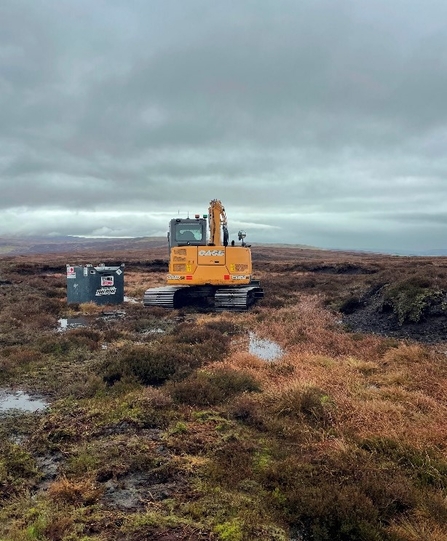Hi, my name is Phillip Gwynn, I used to be a member of the Lancashire Wildlife Trust Youth Council and now I’m studying for my Masters. As part of this back in February 2024, I had the opportunity to spend a day with the Forest of Bowland Peatland Officer, Dom Hartley, to learn all about upland peatland restoration.
Across Lancashire, our upland blanket peat bogs have been subjected to agricultural drainage, which has resulted in the peat drying out and harmful carbon emissions being released into the atmosphere. But all is not lost and thankfully we have a number of techniques that can be used to help restore these precious peatlands.



![Figure 2. The before and after process of grip reprofiling [1].](/sites/default/files/styles/scaled_default/public/2024-08/Figure%202.%20%20The%20before%20and%20after%20process%20of%20grip%20reprofiling%20%5B1%5D..png?itok=uHUniJBx)
![Figure 3. The success of applying Heather brash to bare peat within the North Pennines National Landscape [3].](/sites/default/files/styles/scaled_default/public/2024-08/Figure%203.%20The%20success%20of%20applying%20Heather%20brash%20to%20bare%20peat%20within%20the%20North%20Pennines%20National%20Landscape%20%5B3%5D..png?itok=xb3hhyUv)